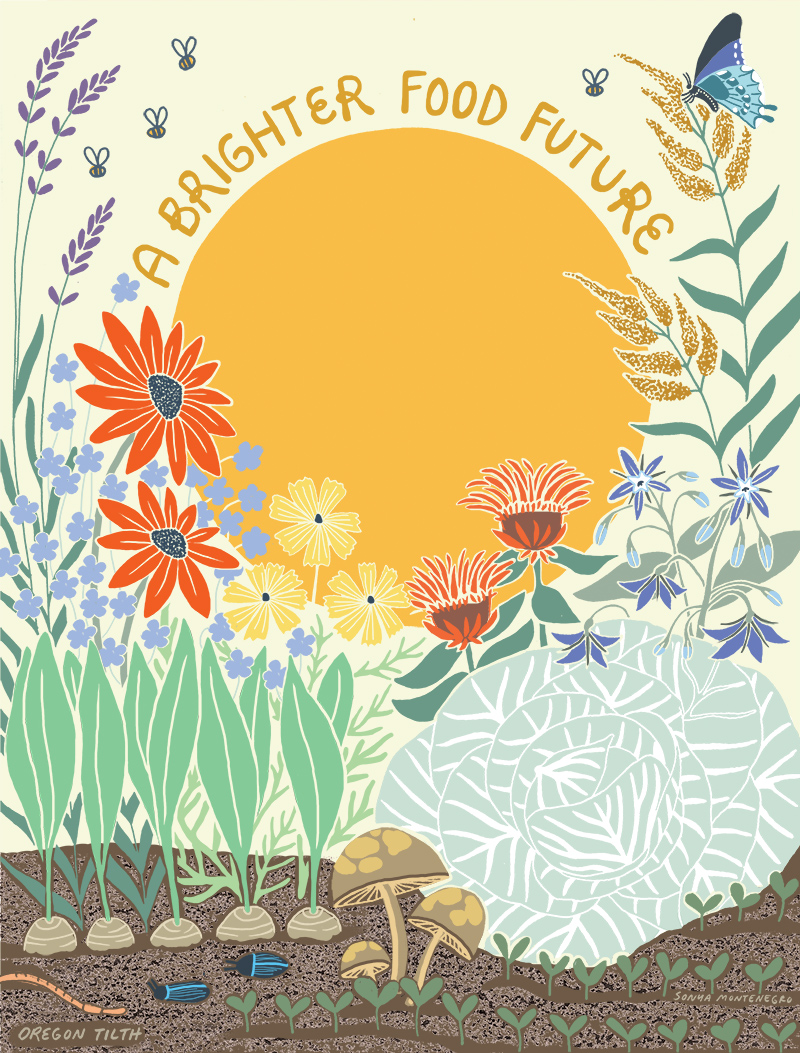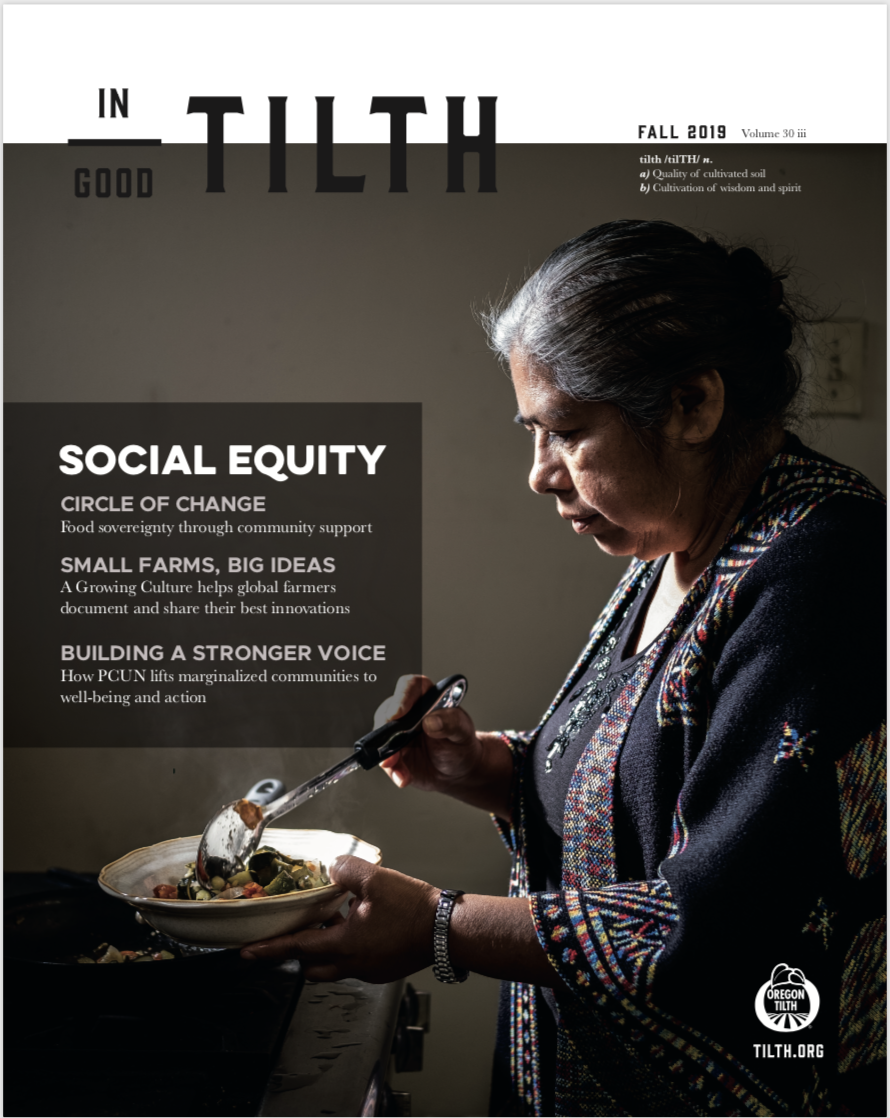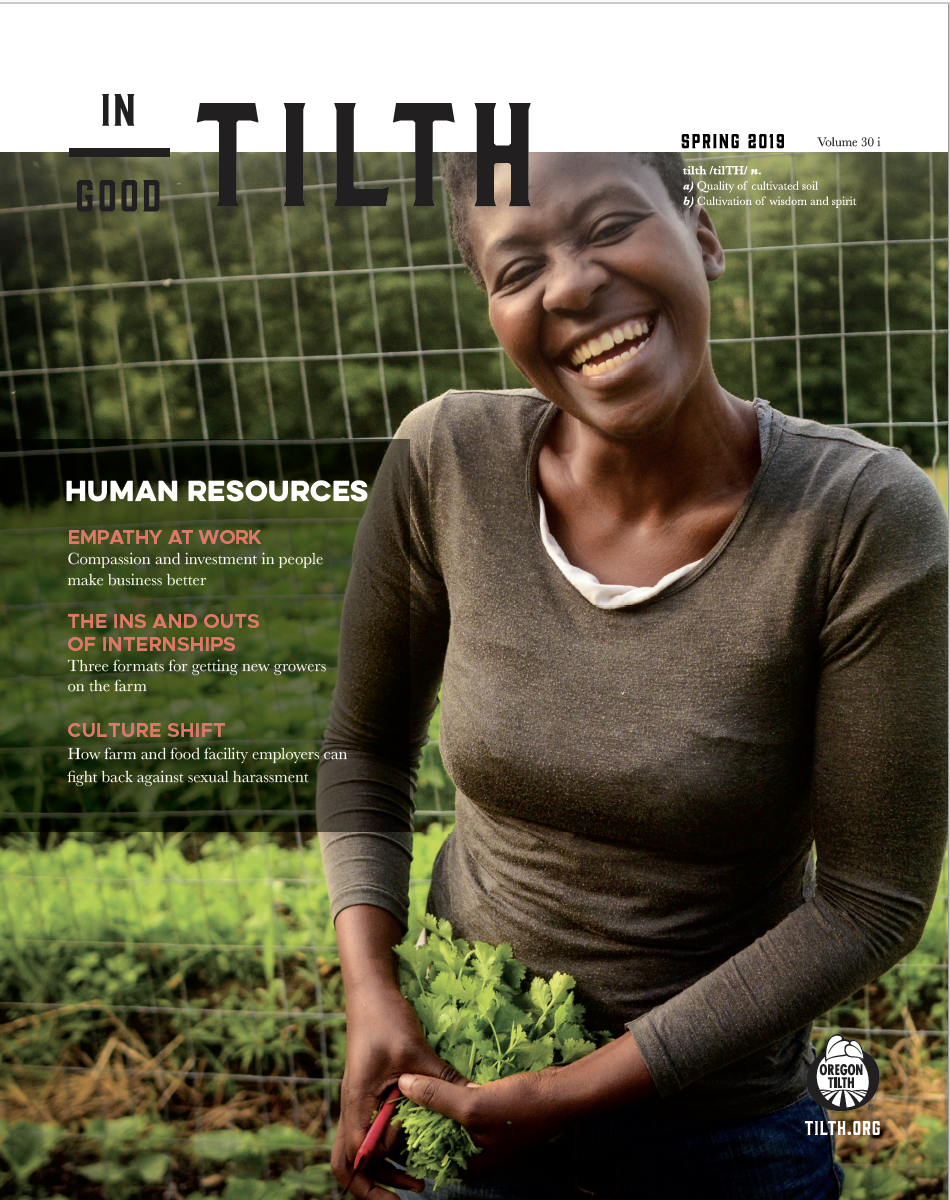As the early spring sun rises over northern Michigan, bees shake off the cold and head out into the blooming tart cherry orchards. While collecting pollen for their brood, they inevitably leave some of this dusty plant sperm on female flower parts. The amount, quality and origin of the pollen the bee deposits will help determine the fruit quality as the pollinated flower matures into a cherry. By pollinating the cherry blossoms, these bees provide a valuable ecosystem service for growers, boosting cherry yield and quality.
Animal-pollinated crops account for about a third of our food — over $14 billion in annual crop production in the U.S. alone, including some of our most nutritious foods like almonds, apples and blueberries. While bats pollinate tequila agaves and birds pollinate some wildflowers, the vast majority of animal crop pollination is done by insects. And when it comes to insect pollination, although butterflies, syrphid flies and others do an admirable job, bees are better. Farmers pay beekeepers the better part of a billion dollars a year to rent honeybee hives to ensure proper pollination and a good yield.
At daybreak in this Michigan orchard, though, not a single pollinator is a honeybee. While honeybees make steadfast and adaptable field workers, a windy, cold morning in this Michigan spring is beyond the limits of what these Mediterranean insects will do. The honeybees will rouse themselves in a few hours when it warms up, but until then, hardier wild mason bees pick up the slack and add valuable pollination time during the short bloom.

“Honeybees don’t really like to fly in colder, windy weather,” said Nikki Rothwell, the coordinator for the Northwest Michigan Horticulture Research Center. “They’re kind of picky. So growers are excited to know that even in poor pollination conditions for honeybees, we may have other bees out there providing those services.”
In farms around the world, native pollinators like these mason bees award a quiet pollination subsidy to growers. Historically, this crucial ecosystem service has been little understood, but that’s changing fast. In the past decade or so, honeybee Colony Collapse Disorder has posed a serious threat to food security, throwing a spotlight on pollination. Researchers, farmers and policymakers are now paying more attention to the potential benefits of native pollinator communities, just as these communities are struggling with environmental threats of their own. Monarch butterflies are in precipitous decline, the rusty-patched bumble bee has been added to the Endangered Species List, and other native pollinators may soon follow.
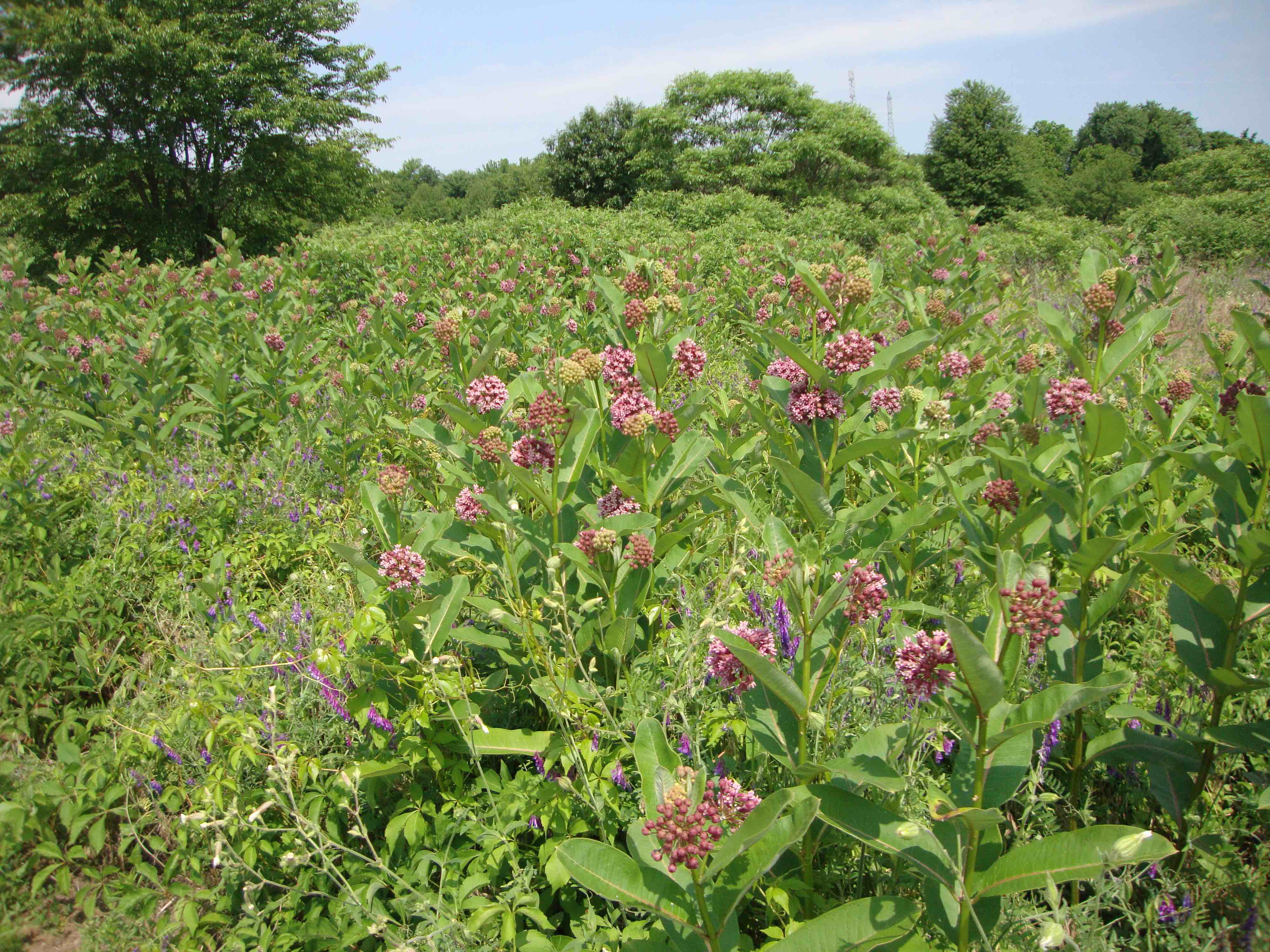
Pollinator peril
The causes for native pollinator decline are complicated, but habitat loss is probably the biggest single culprit. Farms have industrialized and intensified, planting fencerow to fencerow, while the manicured lawns of suburbs have sprawled across the landscape. Little room is left for wildflowers that could feed native pollinators, or even a patch of undisturbed soil for a solitary bee to make a nest. Insecticides are also a threat, and neonicotinoids, a newer class of insecticides that persist in the environment for years, are particularly concerning. Pollinators can be heavily exposed to neonicotinoids, because neonics are “systemic” insecticides, meaning they’re absorbed by the plant and present in flowers, nectar and pollen. Climate change and insect diseases carried around the world by global trade also contribute to the stress on pollinators.
In response to these threats, President Obama issued a memorandum in 2014 calling for a coordinated federal strategy to ensure the healthy pollinator populations we need to keep food on the table. This allowed money to start flowing for research, habitat restoration, and other initiatives. Large scientific collaborations such as the Integrated Crop Pollination Project are now busy untangling the complex ecology of native pollinator communities, quantifying how much crop pollination they contribute, and studying ideal practices for on-farm pollinator habitat restoration.
Jennifer Hopwood, senior conservation specialist at the Xerces Society, emphasized the need for more high-quality pollinator habitat. “The bedrock of the research is, first and foremost, that habitat is really critical for pollinators,” she said. “Key elements of that habitat are floral abundance and floral richness. Pollinators need multiple sources of flowers with different blooming periods throughout the growing season.” Xerces has prepared resources for homeowners looking to create native pollinator habitat on their land.

Farms provide a particularly great opportunity to restore pollinator habitat since the farmers directly benefit from their new tenants, like those mason bees in the cherry orchard. Researchers studying the effects of native pollinator communities on farms are finding that they give a large subsidy to the yield and quality of the harvest. In fact, it turns out that native pollinators boost fruit yield above and beyond what adding the same number of honeybees would do. Diversity matters: the more pollinator species present, the larger the pollination subsidy.
Partially, this is because different pollinator species engage in “complementary pollination, where two species act synergistically to pollinate the crop more fully than either would alone.” This complementarity could come down to what part of a tree or flower color a bee prefers, or one species being more of a morning bee than the other, as in the case of the mason and honeybees in the cherry orchard. The presence of multiple bee species in one field also changes bees’ behavior and increases overall pollination efficiency, possibly through competition for flowers.
In other crops, such as blueberries or tomatoes, native bees are simply better pollinators than honeybees. As Rothwell put it, “The blueberry guys are really dependent on wild pollination, because those flowers are so hard to pollinate. They’re cute little flowers that almost look like little fairy hats, and the bees really have to get up into that flower. That’s really difficult for a honeybee.”
One study of pollinator effectiveness in blueberries found that bumble bees could pollinate more than six flowers in the time it took a honeybee to pollinate one. “Honeybees are the jack-of-all-trades but the master of none. They’re not as efficient at transferring pollen of many plants as many wild pollinators are,” said Hopwood, the conservation specialist at Xerces.
How could honeybees, which we’ve kept for thousands of years for their honey and more recently for their pollination services, be so bad at pollinating some crops? Why do diverse pollinator communities do a better job than the same number of honeybees? To quote the famous biologist Theodosius Dobzhansky, “Nothing in biology makes sense except in the light of evolution.”
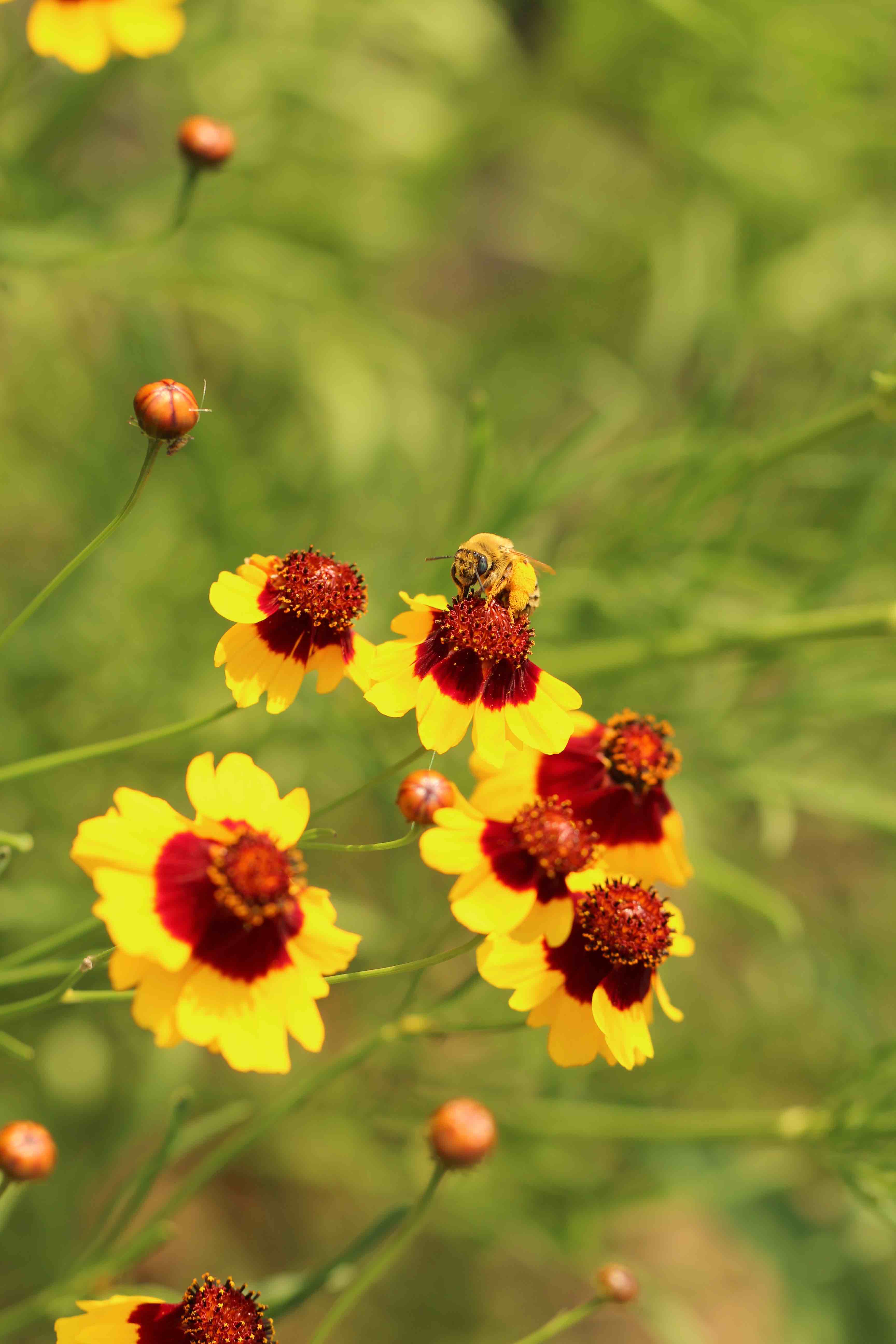
The co-evolutionary makings of a pollinator
Pollination is a good deal for both plant and bees. But even good deals are fraught, especially when sex and survival are on the line. The plant must maximize the chance that its pollen gets to a flower of the same species, while minimizing its expenditure on pollen and nectar. The bee’s main concern is getting the maximum amount of food with the minimum amount of time and energy, without regard as to whether the next flower is of the same species as the last. These interests are decidedly unaligned.
So pollinator and pollinated have been locked together in a high-stakes co-evolutionary dance for millions of years, evolving strategies and counter-strategies to ensure a fair deal. A key maneuver in this co-evolution is specialization. For example, an orchid may develop a deeper nectar spur, to exclude all pollinators but the most effective, a moth with a long proboscis. The moth may, in turn, evolve a longer proboscis, making it better at feeding on this orchid but awkward when feeding on other flowers. Once locked into this specialization, co-evolution can get a little out of hand. In 1862, Darwin, upon seeing an orchid from Madagascar with a nectar spur 10 inches deep, predicted that there must be a corresponding pollinating moth with a proboscis as long. It took almost a hundred years, but Darwin’s prediction was eventually vindicated.
This co-evolutionary dance has yielded the beautiful and strange diversity of flowers and pollinators we see today. But specialization has also proved to be a serious headache for farmers who rely on pollination for their crops to set fruit. At the extreme end of this spectrum is vanilla, a fussy orchid vine that must be painstakingly hand-pollinated in order to produce its pods if it’s grown outside the range of its specialist pollinator, the Mexican Melipona bee.
Even though diva crops like the highly specialized vanilla are in the minority, farmers are still stuck with honeybees fumbling cluelessly around their blueberry or tomato flowers. Despite these drawbacks, we’ve relied on honeybees for millennia because they’re adaptable, easy to manage and pollinate a broad range of plants. When worse came to worst, there was always an army of native bees to assist in the pollination.

A better way for bee conservation and crops
Now, the simultaneous decline of honeybees and wild native bees is shaking that model. Farmers across the country are setting aside land to create the kind of habitat that promotes diverse native pollinators, each with their own complementary pollinating behaviors and evolutionary history. And the farmers aren’t alone; the USDA subsidizes these efforts through the Environmental Quality Incentives Program (EQIP), and organizations like Xerces provide expertise and guidelines for pollinator-friendly seed mixes.
“You’re growing and protecting pollinators on your farm, because we know that works…you’re relying on their diversity and resilience to provide an answer to the problem,” Hillary Sardiñas at Xerces explained. “It’s this win-win situation for bee conservation, and also for farm yields and profits.”
With thousands of native bee species in North America, even the fussiest blueberry flowers are sure to yield.

